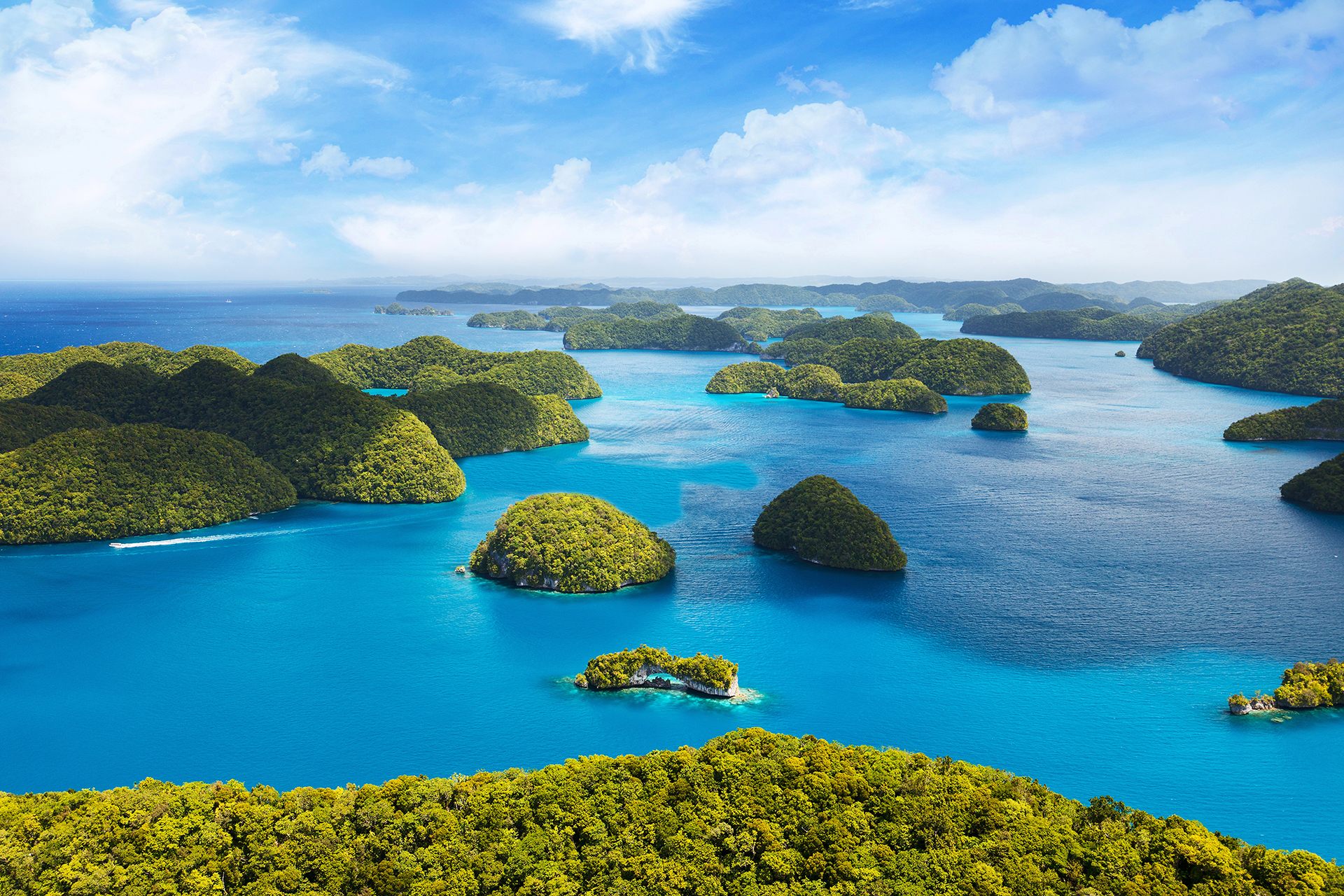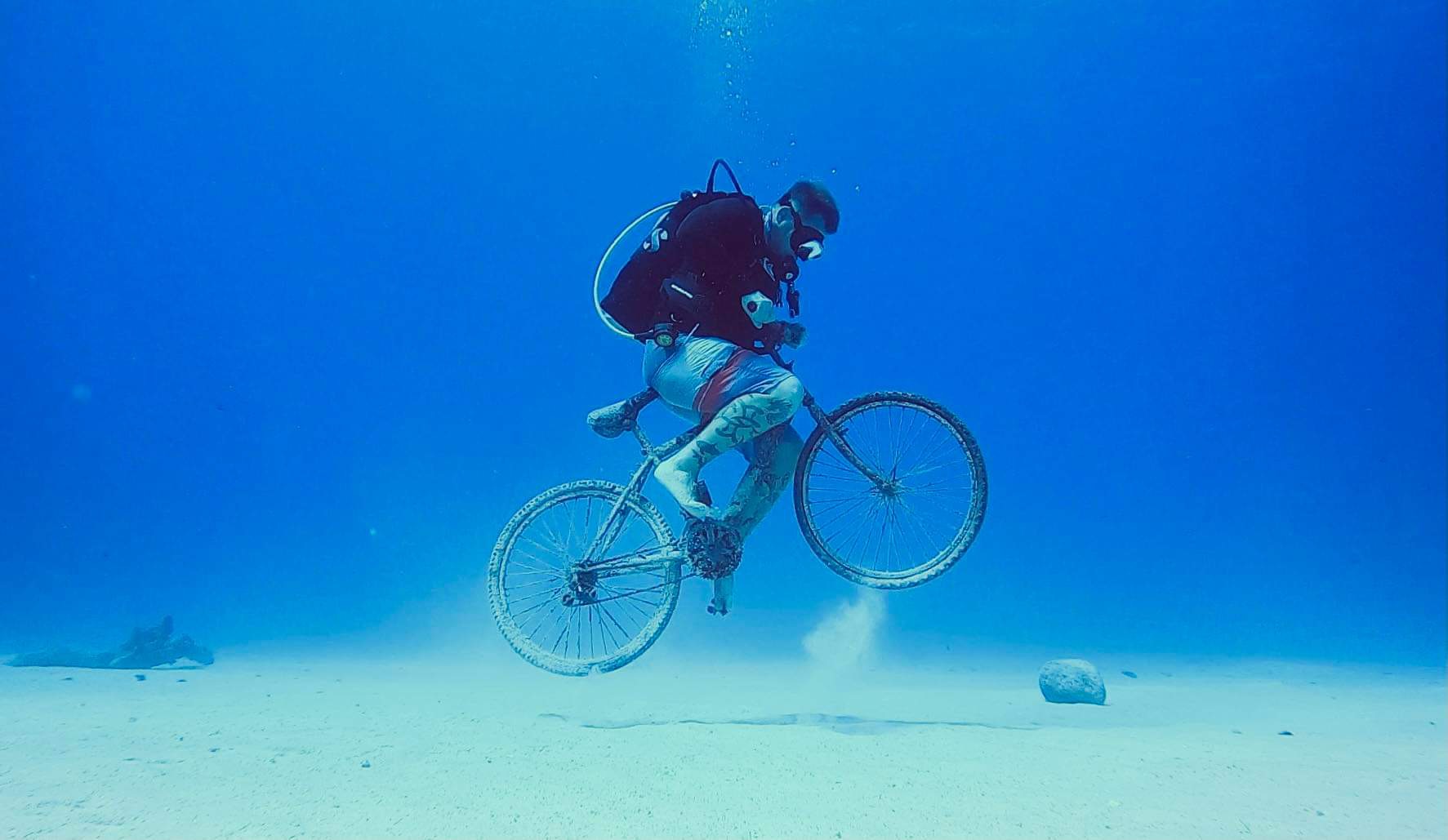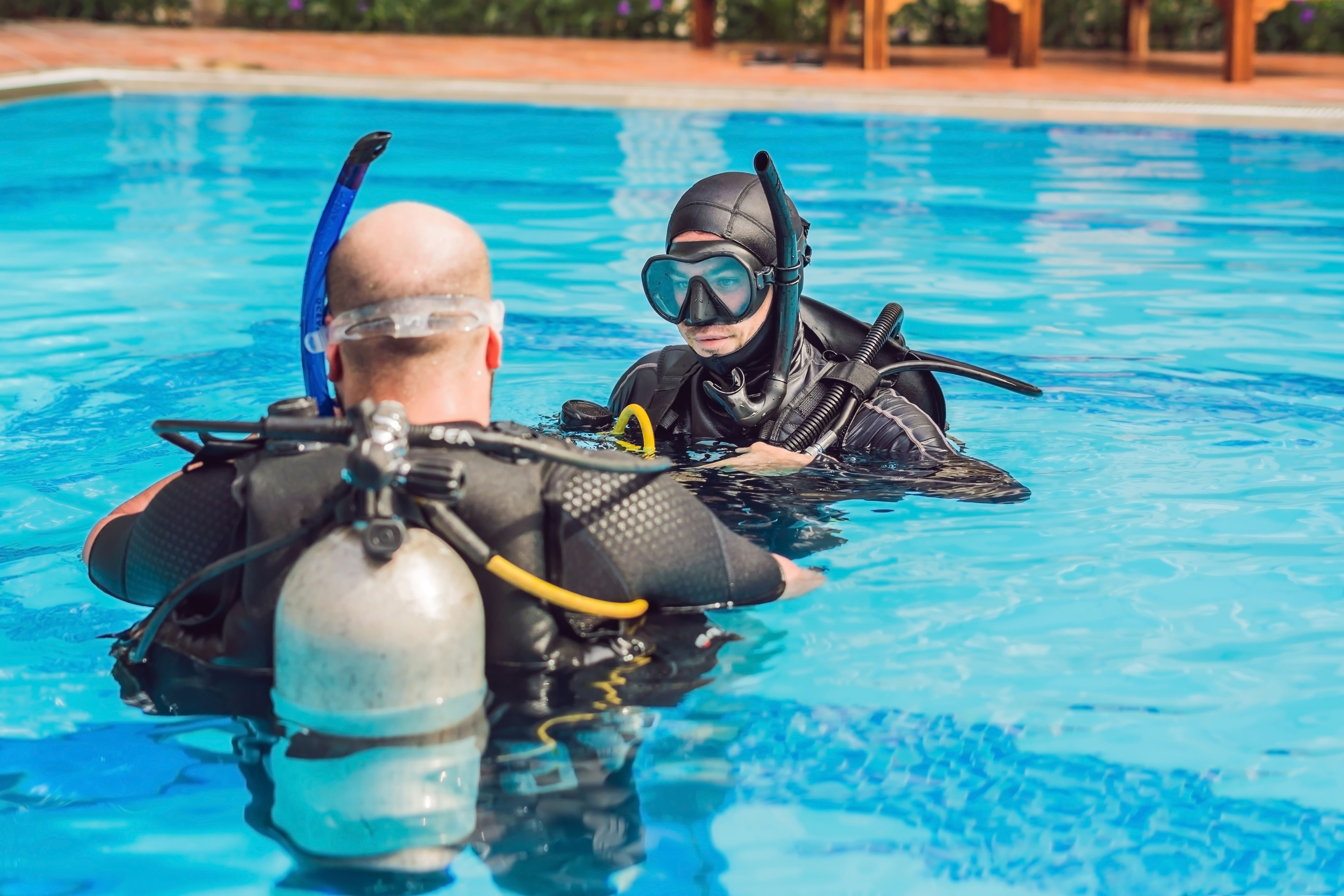If you are scratching your head, going “Where in the world is Chuuk?” then congratulations, you’re part of the majority! Most people outside of Micronesia have no clue where Chuuk is. When I say I’ve been there, or dove there, I get the most bewildered looks. Let me help you – Chuuk is one of the larger atolls that make up the Federated States of Micronesia. What? That didn’t help? Still lost? Ok, if you are looking at a map (preferably on Google) find the eastern tip of Papua New Guinea, now go about 1,100 miles due North. If you hit Japan, you’ve gone too far. You also need to zoom way, way in or you will never see it! Did you find it? There is your geography lesson for the day – you are welcome!
So now that you know the geography of Chuuk, let’s work on pronunciation, it is NOT ‘Chuck!’ It’s Ch-oo-k or you may know it as Truk (pronounced like the vehicle). I will be using Chuuk, as that’s what the natives use – I feel like they would know.
In the diving world, Chuuk Lagoon is considered the gold standard of wreck diving. During World War II, Chuuk was the base of operations for the Japanese military. They fortified the island with bunkers and armaments that still litter the island. The deep, natural harbors also served well as the holding area for the Japanese Navy. In fact, the islands were so well defended that the allied forces called it “The Gibraltar of the Pacific.” That was until 1944 when American forces spent three days bombing the bejesus out of them. The Americans literally sank Japan’s battleship. They actually sank 12 warships, 32 merchant ships, and about 275 aircrafts. All that makes Chuuk Lagoon the largest shipwreck graveyard in the world! It’s a wreck divers’ dream.
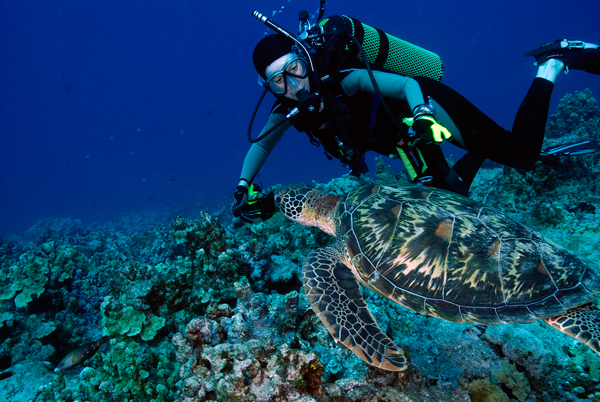
Personally, I am not that into wrecks, I’m more of a reef and sea life diver, so I was a bit skeptical of the whole thing. I went along with it figuring, at worst, it would add something of the exotic to my dive log. However, I could not have been more mistaken. From the moment I slipped into the warm tropical waters and looked down at the massive foredeck of a huge battleship, I was enthralled. I was literally staring history in the face. The ship looked like it could have gone down no more then 10 minutes before my arrival, but there is was, like a time capsule from the past, sitting upright. The full size of the ship was lost on me, the deep blue darkness cut the great ship in half, leaving my imagination to fill in the details. There were small signs of the ocean laying claim to what was now hers. Small outcroppings of colorful corals dotted the decks and the rigging was swarmed by myriads of little darting fish.
What really caught my attention, and nearly brought me to tears, were the signs of the lives that had been there before. The proverbial footsteps of those who had called this ship home. There were bits of broken crockery, a few fragments of what was once a lovely blue China tea set. I half expected a Japanese sailor to come bustling out of the hold to sweep up the mess his afternoon tea had made. I couldn’t help but think about all the untold stories that this beautiful boat held within her.
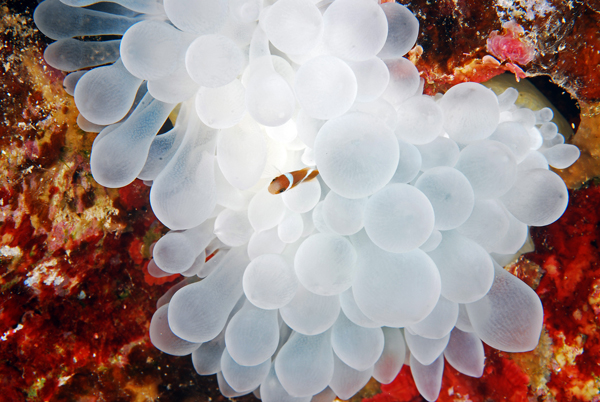
We dove three wrecks that day – two massive warships and one smaller aircraft. Each one was hauntingly eerie, but also astonishingly beautiful in its nearly perfect preserved state.
PHOTO SOURCE: Ernie Collier








